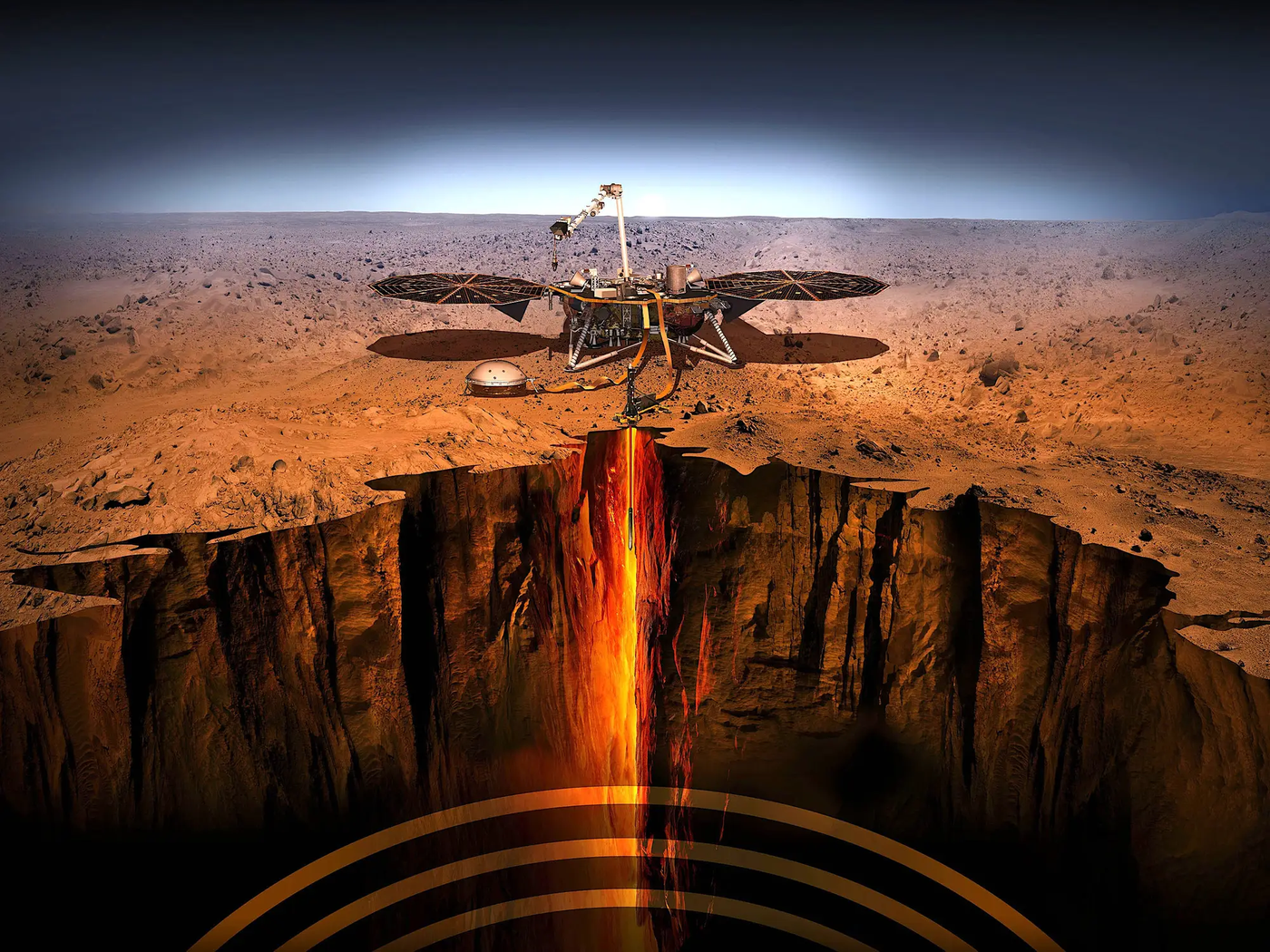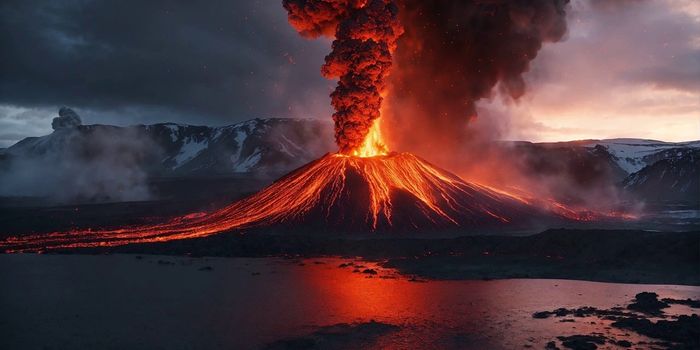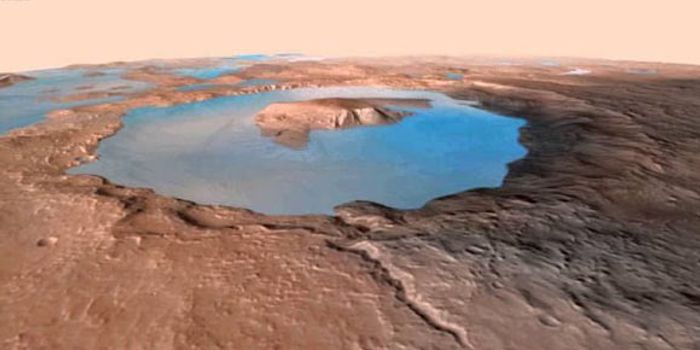What is Causing the Red Planet to Shake?
A recent study published in Nature Communications reports volcanic activity beneath the surface of Mars could be responsible for driving repetitive “marsquakes” – sudden and violent shakings of the ground, similar to earthquakes, but on the surface of Mars.
A team of scientists from Australia National University and the Chinese Academy of Sciences in Beijing have discovered 47 marsquakes that were previously undetected. These marsquakes originated beneath the Martian crust in an area of Mars called Cerberus Fossae – this is a seismically active region on Mars that is believed to be less than 20 million years old. The team speculates that magma in the mantle of Mars – the inner layer of Mars that exists between the crust and the core – is the cause of the observed marsquakes.
The researchers used data collected by a seismometer on NASA’s InSight lander, which landed on the surface of Mars in 2018. The goal of the InSight mission is to understand the evolutionary history of Mars, which would provide glimpses into the evolutionary processes of all the rocky planets in our inner Solar System. Since landing on Mars, InSight has been collecting data on marsquakes – first detected in 2020, confirming that Mars is still a seismically active planet – weather on Mars, and the interior of Mars. Mars does not have plate tectonics like our home planet Earth, and because of this it is less geologically active than Earth, thus it retains a much more complete record of its geologic history in is structure (i.e., core, mantle, and crust) than the Earth. Studying the size, thickness, density, and overall structure of Mars, and the rate at which heat escapes from the planet’s interior, can help scientists learn about the geological history of the planet.
The marsquakes detected by the team suggest that Mars is more seismically active than previously believed. The team suspects that movement of molten rock – or magma – in the mantle of Mars is the driving force behind the observed marsquakes. This new data suggests that the mantle of Mars is still active and this crucial knowledge may help to answer fundamental questions about why Mars no longer has a magnetic field surrounding it. This information may help the team understand whether convection is still occurring inside the planet’s interior – which is understood to be the driving force behind the Earth’s planetary magnetic field – thus suggesting that there is another mechanism that prevents a planetary magnetic field from existing around Mars. Earth’s magnetic field shields the surface from cosmic radiation, which allows life as we know it to exist! If we can understand the formation of Mars’ magnetic field, how it evolved, and when in the planet’s geologic history it disappeared, it may help us to establish human life on Mars in the future.
Sources: Australian National University









